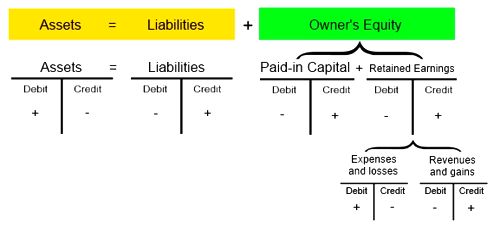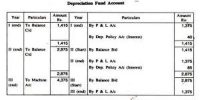Balance Sheet Equation
A significant thing to note about the Balance Sheet is that the entire value of the assets is at all times equivalent to the entire value of the liabilities. The balance sheet equation or accounting equation is the mostly fundamental, basic part of accounting. The balance sheet equation forms the building blocks for the entire double entry accounting system. This is because the liability to the owner – capital, is always made up of the dissimilarity between assets and liabilities. Thus,
Assets = Liabilities + Capital or
Capital = Assets – Liabilities

In its most essential structure, the balance sheet equation shows what a company owns, what a company owes, and what stake the owners have in the business. The equation starts off with the company assets. These are the resources that the company has to use in the future like cash, accounts receivable, and fixed assets.
While preparing the trial balance in case it does not tally the difference is transferred to an unreal account called as suspense account. In case the suspense account is not closed before the preparation of the final accounts then it has to be placed in the balance sheet so that it can be rectified later. If the suspense account has a debit balance it will appear as the last item on the asset side. In case it shows a credit balance it will appear as the last item on the liability side.














